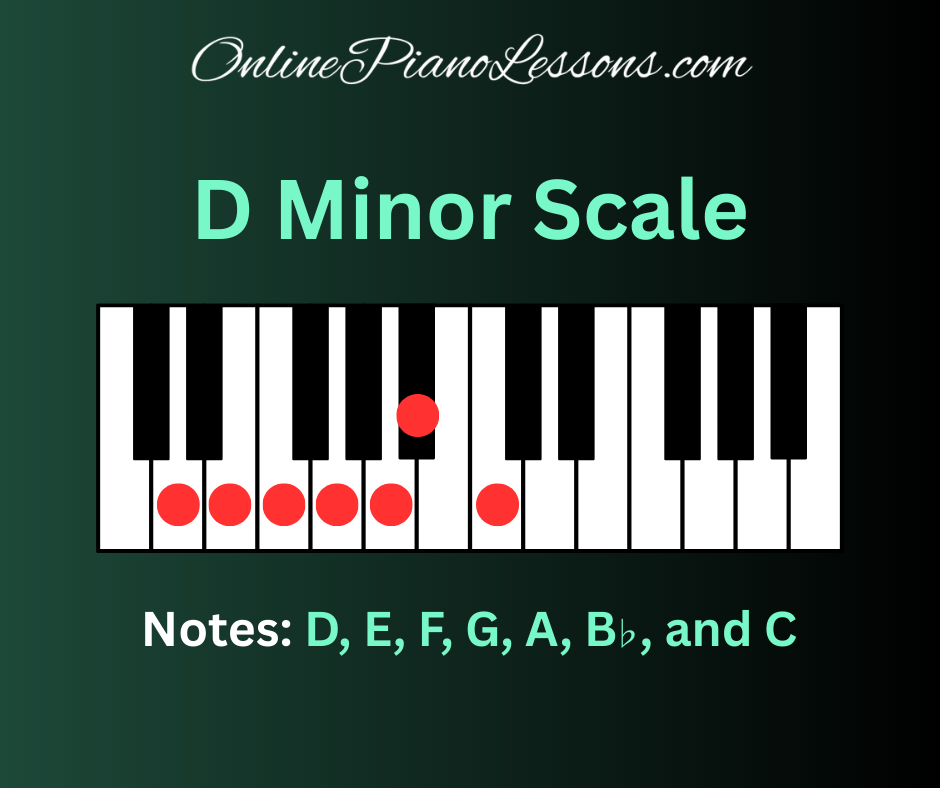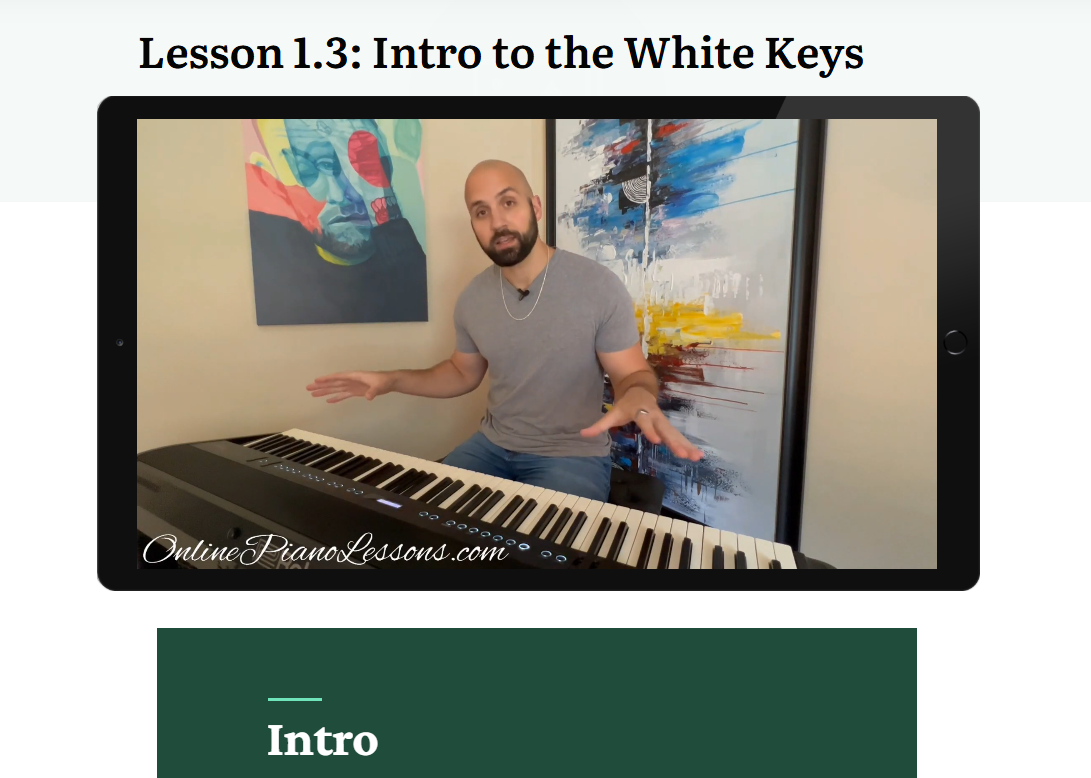
The d minor scale has a reputation for drama—think Beethoven’s Ninth Symphony, Mozart’s Requiem, Bach’s iconic Toccata and Fugue. But beyond the mystique, the d minor scale is a practical powerhouse for technique, theory, and improvisation. In this definitive guide, you’ll learn exactly what the d minor scale is, how each form (natural, harmonic, melodic) works, correct fingerings, the chords built from it, and how to practice it so it actually shows up in your playing. We’ll also answer common questions in a short FAQ at the end.
What is the d minor scale?
At its core, the d minor scale is a seven-note collection with D as the tonic (home base). Like all minor keys, it sounds darker than major because of the lowered third scale degree. There are three main forms you’ll use:
- Natural minor (Aeolian): the baseline d minor scale used for key signatures and most theory.
- Harmonic minor: raises the 7th for a strong leading tone and dominant chord.
- Melodic minor (classical usage): raises the 6th and 7th ascending, returns to natural minor descending. (In jazz, the ascending form is often used in both directions.)
Why learn all three? Because real music toggles between them constantly—melodies, cadences, and bass lines borrow what they need from each form of the d minor scale.
Key signature, relatives, and spelling
- Key signature (natural minor): 1 flat (B♭).
- Relative major: F major (same key signature).
- Parallel major: D major (F♯ and C♯).
- Enharmonic note caution: Use flats in natural minor (B♭), but expect accidentals (C♯ and sometimes B♮) in harmonic/melodic versions of the d minor scale.
The three forms of the d minor scale (note names)
Natural minor (Aeolian):
D – E – F – G – A – B♭ – C – D
Harmonic minor (raise 7th):
D – E – F – G – A – B♭ – C♯ – D
Melodic minor (classical):
Ascending: D – E – F – G – A – B – C♯ – D
Descending: D – C – B♭ – A – G – F – E – D
Memorize these spellings exactly. Correct enharmonic choices (B♭, not A♯) make analysis and reading smoother and keep the d minor scale consistent across contexts.
Fingering for piano (2 octaves)
Fingerings for the d minor scale largely mirror their D-major counterparts with adjustments for B♭ and C♯.
Right hand (RH) – Natural & Harmonic d minor
- Ascending: 1–2–3–1–2–3–4–5 (D E F G A B♭ C / D)
- Descending: 5–4–3–2–1–3–2–1
Left hand (LH) – Natural & Harmonic d minor
- Ascending: 5–4–3–2–1–3–2–1
- Descending: 1–2–3–1–2–3–4–5
Melodic d minor (RH/LH)
-
Use the same basic crossings; just watch the B natural and C♯ on the way up. Most players keep the same finger plan as natural minor; only the pitches change. Practice hands-separate first so the raised notes in the d minor scale don’t surprise your fingers.
Pro tip: Keep thumbs light at crossings. The “thumb thump” is the #1 culprit for lumpy scale tone.
Harmony inside the d minor scale (diatonic chords)
Start with triads from the natural form, then note how harmonic/melodic tweaks change things.
Natural minor triads (i to VII):
- i Dm (D–F–A)
- ii° E° (E–G–B♭)
- III F (F–A–C)
- iv Gm (G–B♭–D)
- v Am (A–C–E)
- VI B♭ (B♭–D–F)
- VII C (C–E–G)
Seventh chords (useful for jazz/pop):
- i7 Dm7 (D–F–A–C)
- iiø7 Eø7 (E–G–B♭–D) — half-diminished
- IIImaj7 Fmaj7 (F–A–C–E)
- iv7 Gm7 (G–B♭–D–F)
- v7 Am7 (A–C–E–G)
- VImaj7 B♭maj7 (B♭–D–F–A)
- VII7 C7 (C–E–G–B♭) — dominant seventh is diatonic in natural minor
Harmonic minor impact:
-
Raise 7th (C→C♯). Now V becomes A major (A–C♯–E), and V7 is A7 (A–C♯–E–G). That leading tone is why classical cadences in the d minor scale sound so compelling.
Melodic minor impact:
-
Ascending, 6th and 7th are raised (B natural and C♯). Expect smoother stepwise melodies and options like iv → V → i with nicer voice-leading. In jazz, the d melodic minor scale is a world unto itself (think alterations on dominant chords derived from its modes).
How to practice the d minor scale without zoning out
- Metronome method: Start at ♩=60, 2 octaves legato, hands separate → together. Only bump by 4–6 bpm when every note is even.
- Articulation ladder: Legato → staccato → two-note slurs (every pair) → accents on beats 2 and 4. This builds control inside the d minor scale instead of blind speed.
- Rhythmic grids: Long-short and short-long (dotted-eighth/sixteenth feel), triplet groupings, then straight sixteenths.
- Dynamics: pp → ff → pp while staying relaxed. The d minor scale should still sound musical at every volume.
- Contrary motion: Hands move in opposite directions and meet on D. Great for centering posture and symmetry.
- Chord-scale link: After scales, play I–iv–V–i (Dm–Gm–A[7]–Dm). Add arpeggios for each. You’ll hear how the d minor scale shapes real harmony.
Using the d minor scale musically
- Improvisation (pop/rock): Over a Dm–B♭–F–C progression, start with the natural d minor scale. Land on chord tones (D/F/A over Dm; B♭/D/F over B♭, etc.).
- Classical/jazz cadences: Over an A7 chord, switch to harmonic d minor (use C♯). You’ll hear the line pull toward D.
- Melodic lift: For lyrical lines, ascend with melodic d minor (B natural and C♯) for a smoother contour; descend with natural minor for that traditional sound.
- Modal flavor: D Dorian (C major notes from D: D–E–F–G–A–B–C) gives a brighter minor color—handy when a piece feels “minor but hopeful.” Knowing how this differs from the d minor scale deepens your expressive choices.
Famous pieces in D minor (for inspiration)
- Beethoven — Symphony No. 9 (chords and motifs rooted in the d minor scale)
- Mozart — Requiem in D minor
- Bach — Toccata and Fugue in D minor (BWV 565)
- Chopin — Prelude in D minor, Op. 28 No. 24
- Mozart — Piano Concerto No. 20 in D minor, K. 466
Listening to these with the d minor scale in mind helps you hear when composers borrow from harmonic and melodic forms.
Troubleshooting common issues
- Thumb bumps at crossings: Soften your thumb and slightly rotate the forearm to guide the pass-under.
- Uneven black-key landings (on B♭/C♯): Aim for the front third of the key; keep the wrist height steady.
- Note-name confusion: Say the letter names out loud while playing slowly. This locks in the mental map of the d minor scale.
- Tension at higher tempos: If shoulders rise or forearms lock, drop 10–15 bpm and re-focus on breath and hand weight.
Quick reference: build any form of the d minor scale
- Natural minor formula: W–H–W–W–H–W–W → D E F G A B♭ C D
- Harmonic minor: raise the 7th → C becomes C♯
- Melodic minor (classical): ascending raise 6th & 7th (B and C♯), descending revert to natural minor
Write them out on staff paper once. Seeing the accidentals makes the d minor scale feel obvious instead of mysterious.
A 20-minute daily routine (that sticks)
- 5 min: RH then LH, 2 octaves, natural d minor scale, legato with metronome.
- 5 min: Harmonic d minor scale hands together, dotted rhythms.
- 5 min: Melodic d minor scale hands together, add dynamic swells.
- 5 min: Arpeggios (Dm, Gm, A or A7), then a short improv using tones from the d minor scale.
Do this for two weeks and your fingers—and ears—will know the landscape cold.
Putting it all together
Mastering the d minor scale isn’t about brute force speed. It’s about finger choreography, clean tone, and knowing when to use natural, harmonic, or melodic forms in real music. With steady practice, the d minor scale turns into a reliable toolkit for reading, writing, and soloing—whether you’re tackling Bach, jamming over a pop progression, or crafting your own themes.
Final note: Keep the d minor scale musical—shape phrases, breathe with the line, and listen for how B♭, B, and C♯ change the mood. Ten minutes a day beats one big weekly grind, and the d minor scale will soon feel like home under your hands
FAQ: D Minor Scale
Q1: What notes are in the d minor scale?
The natural d minor scale is D, E, F, G, A, B♭, C, D. Harmonic uses C♯, and melodic (ascending) uses B and C♯.
Q2: Which version should I practice first?
Start with the natural d minor scale to lock in the key signature, then add harmonic for cadences, and melodic for smoother lines.
Q3: What’s the correct fingering for beginners?
RH: 1–2–3–1–2–3–4–5 up, then back down; LH: 5–4–3–2–1–3–2–1 up, then reverse. Use the same plan for each form of the d minor scale, just mind the accidentals.
Q4: How does the d minor scale help improvisation?
It supplies the safe “pool” of notes over D minor chords. Switch to harmonic for V chords (A or A7) and to melodic for smoother ascending lines.
Q5: What chords belong to the d minor scale?
From natural minor: Dm, E°, F, Gm, Am, B♭, C (plus sevenths). In harmonic minor, V becomes A major/A7 because of the raised C♯.





 Hi, I'm Thomas, Pianist Composer,
Hi, I'm Thomas, Pianist Composer,  I love playing piano, creating new melodies and songs, and further developing my online piano course and making updates/additions to my site OnlinePianoLessons.com!
I love playing piano, creating new melodies and songs, and further developing my online piano course and making updates/additions to my site OnlinePianoLessons.com!  Now that is what I call fun!
Now that is what I call fun!





